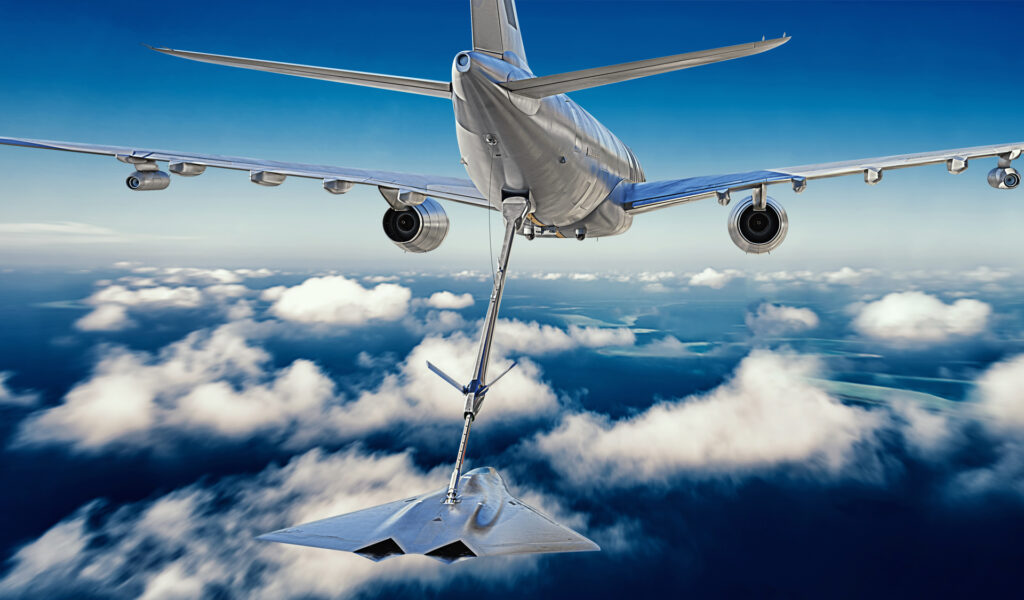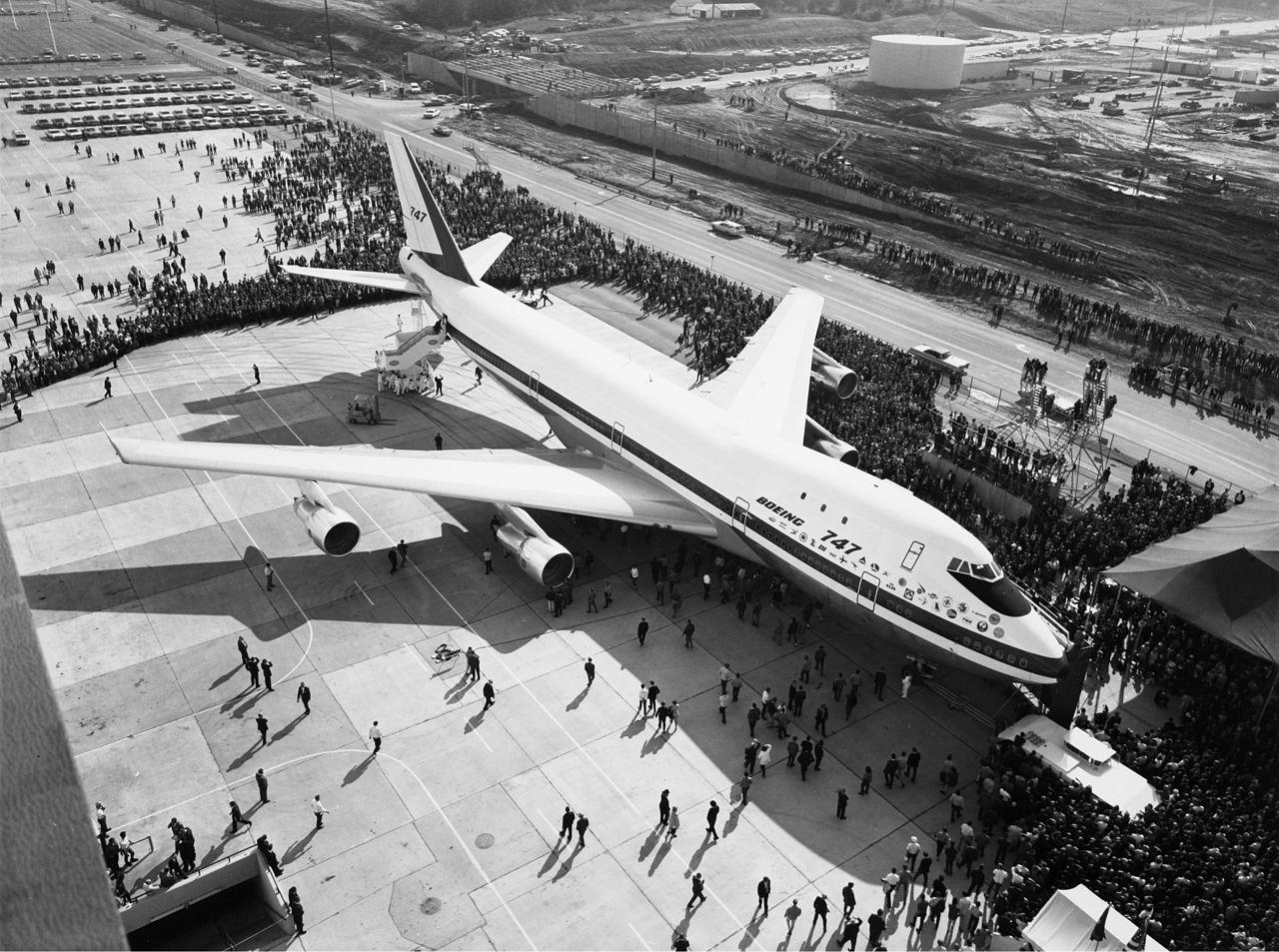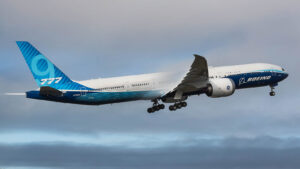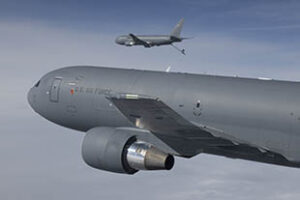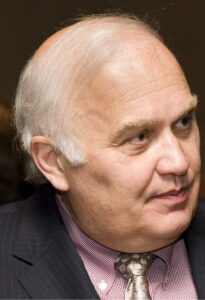Leeham News and Analysis
There's more to real news than a news release.
Lockheed Martin expects competitive bidding for next tanker
Oct. 25, 2022 © Leeham News: A Lockheed Martin official said the company believes the U.S. Air Force will end up seeking competing bids for the next batch of aerial refueling tankers it will buy.
When that happens, the company is confident the Air Force will pick its proposed LMXT tanker, based on the Airbus A330 airframe, for the role, said Larry Gallogly, who is Lockheed Martin’s director for the tanker campaign.
Back in 2007, the Air Force outlined a plan under which it would replace its then-existing tanker fleet in three rounds, KC-X, KC-Y and KC-Z.
KC-X, after many missteps, became the KC-46 program. The Air Force now is looking ahead to KC-Y, but with the recent steps forward with Boeing’s KC-46, some are arguing that a full-blown tanker competition isn’t necessary because USAF could just tack on additional orders to the 179 KC-46s it now plans to buy.
But during a briefing from Lockheed Martin’s offices in Alexandria, Va. today, Gallogly said he expects the Air Force will announce its criteria for the next round of tankers after the first of the year. When it does, Gallogly continued, it’s likely that the Air Force will be seeking a more-capable tanker than the one it’s buying now.
“If we take all of the stakeholders at their word that the requirements are vastly different than they were 16 years ago, that takes you down a path where a competition is more likely than not,” Gallogly said.
Summary
- Lockheed Martin teams with Airbus for proposal
- LMXT differnt from Airbus KC-330
- USAF approved KC-46 for all missions last month
Engine Development. Part 5. The Turbofans go High Bypass
Subscription Required
By Bjorn Fehrm
Introduction
September 15, 2022, © Leeham News: Last week, we looked at how Pratt & Whitney’s JT8D turbofan came to dominate short-haul airliners while the JT3D had the long-range market.
The introduction of the widebody jets in the 1970s with Boeing 747, Douglas DC-10, and Lockheed Tristar brought GE and Rolls-Royce into the market. It was the start of the high bypass turbofans.
Summary
- The military TF39 for Lockheed C-5 Galaxy military transport set the benchmark for the new generation of high bypass turbofans with its 8-to-1 bypass ratio.
- Pratt & Whitney, GE, and Rolls-Royce developed civil engines along the lines of the TF39 for the new generation widebodies.
Commercial Aircraft programs duration from launch to delivery over the years
Subscription Required
By Vincent Valery
Introduction
June 20, 2022, © Leeham News: New airplane programs used to come to market in four years. Now, the launch-to-entry-into-service period has been seven years or more. (Chinese and Russian programs take even longer.)
Boeing launched the 787 in December 2003. EIS was October 2011. Airbus’ A350, launched in response to the 787 in 2004, went through several iterations which added time to the program. Delays added more time. EIS was in January 2015.
Bombardier’s C Series was launched in 2008. EIS was in July 2016. The Boeing 777X was launched in 2013. EIS is now targeted for 2025. Boeing launched the 747-8 in 2005. EIS was in 2011. The Boeing 737 MAX was launched in July 2011. EIS was May 2017. Airbus’ A320neo was launched in December 2010. EIS was in January 2016.
Boeing has been discussing the New Midmarket Airplane (or whatever it was called throughout changing nomenclature) since 2012. It still hasn’t launched the program. Once it does, how long will it take to enter service?
Any new program is a multi-year, multi-million investment that, in the worst case, can take decades before recovering the initial development and production ramp-up expenditures.
Several recent programs, notably the 777X, have faced significant delays between the envisioned and actual start of deliveries to airlines.
Boeing claims that advances in manufacturing techniques will reduce the time required to develop the next aircraft program. However, regulatory scrutiny is higher nowadays and the aircraft built are more complex than in previous generations.
LNA analyzes how the time between the program launch and entry into service has evolved since the beginning of the Jet Age. The goal is to find whether there is a trend and in what direction. The analysis focuses on Airbus, Boeing, Lockheed, and McDonnell Douglas.
Summary
- An unmistakable trend;
- The latest clean sheet designs took significantly longer;
- Engine development dictates recent derivative program timelines;
- Future program considerations.
Boeing sees incumbency as advantage in coming air force tanker procurement
Subscription Required
Now open to all Readers
- The interview with Lockheed Martin appeared Jan. 30.
By Scott Hamilton
March 21, 2022, © Leeham News: Lockheed Martin Co. (LMCO) plans to submit a proposal for the US Air Force’s KC-Y aerial refueling tanker procurement. So does Boeing. LMCO joined with Airbus and will offer a tanker based on the existing Airbus A330 MRTT (Multi-Role Tanker Transport). Boeing will offer a follow-on purchase of the incumbent KC-46A, based on the 767-200ER.
These two aircraft faced off in the KC-X competition. Airbus initially teamed with Northrop Grumman and was awarded the contract. Boeing protested the award on procurement procedural grounds and prevailed. Northrop dropped out of the recompete, which Boeing won in 2011.
The two aircraft will be offered again, but this time, one party doesn’t view the aircraft as competitive. LMCO sees the Airbus airplane, which it brands the LMXT, as complementary to rather than competitive to the KC-46A. Lockheed explains why here.
Boeing, on the other hand, isn’t convinced the USAF will even seek a competitive bid—or that LMCO’s belief that the service wants a larger airplane than the KC-46A to fill a “gap” is correct.
Mike Hafer, senior manager of KC-46A Business Development, explains why.
Pontifications: Advice for Boeing in the coming KC-Y campaign
Part 6: The KC-X competition from Boeing’s perspective
Feb 21, 2022, © Leeham News: Jim Albaugh, the former president and CEO of Boeing Commercial Airplanes and of Boeing’s defense unit, retired from the company in 2012. He oversaw the first competitive bid at the defense unit for the US Air Force KC-X refueling tanker. That was lost to Northrop Grumman-EADS (Airbus) in 2009.
As CEO of BCA, he oversaw commercial efforts to get Boeing’s cost down on the 767-200ER, which formed the basis for what became the KC-46A tanker. Defense won this round against a solo EADS bid. Boeing’s winning price was about 10% below the EADS bid for its A330-based MRTT.
Years removed from Boeing but nevertheless an interested observer with experience on the losing and winning bids, Albaugh has some observations and advice as Boeing prepared to compete against Lockheed Martin-Airbus for the KC-Y campaign that already has unofficially begun.
HOTR: Lockheed Martin to split refueling tanker work between Airbus-Mobile and LMCO Marietta facilities
Jan. 31, 2022, © Leeham News: Assembly and conversion of the proposed LMXT refueling tanker for the US Air Force will be split between Mobile (AL) and Marietta (GA), Lockheed Martin (LMCO) announced today.
 Airbus has final assembly plants for the A220 and A320 families in Mobile. LMCO has surplus facilities at its home in Marietta. A new final assembly plant and line will be required at Mobile. LMCO’s C-5 building in Marietta will be the site for the conversion and installation of military equipment.
Airbus has final assembly plants for the A220 and A320 families in Mobile. LMCO has surplus facilities at its home in Marietta. A new final assembly plant and line will be required at Mobile. LMCO’s C-5 building in Marietta will be the site for the conversion and installation of military equipment.
“We will transition the assembly line for the A330s to the United States and transitioning all conversion lines from Spain to the United States,” said Larry Gallogly, director of the LMXT program. The A330 tooling and production lines moved to the US are for the A330ceo only; A330neo production remains in Toulouse. A330 MRTTs ordered by non-US customers will be assembled and militarized at the current facilities in Toulouse and Spain.
Lockheed Martin sees LMXT as complementary to KC-46A, not competitive
Subscription Required
Now open to all readers
By Scott Hamilton
Jan. 30, 2022, © Leeham News: Lockheed Martin’s LMXT US Air Force refueling tanker will be a complementary offer to the service in the forthcoming KC-Y competition.
In an exclusive interview with LNA earlier this month, Lockheed Martin (LMCO)’s LMXT Campaign Director, Larry Gallogly, said the Air Force wants an airplane that is bigger, has more range, and more fuel offload than the incumbent Boeing KC-46A. This fits the LMXT, based on the Airbus A330-200 Multi-Role Tanker Transport (MRTT) now in production.
Airbus partnered with LMCO in 2018 to prepare for the KC-Y competition. Airbus has 61 orders for the MRTT from around the world. Boeing is building 179 tankers for the Air Force from the original KC-X competition. It has a handful of orders from other countries.
The KC-Y contact will be for up to 160 tankers. The competition will pit Boeing and Airbus against each other for the third time. Airbus first teamed with Northrop Grumman in the first round of the KC-X campaign. Northrop won the contract, but the award was protested successfully by Boeing. Northrop dropped out of the recompete, with Airbus going alone. This time, Lockheed Martin will be the lead, and Airbus the subcontractor.
The two fights were bitterly waged in the public and political domains. LMCO hopes to avoid a repeat.
No plans to relitigate
“We have, from the start of this, with both ourselves and Airbus, have had no intention of re-litigating the [KC-X] competition,” Gallogly said. “Our goal has always been to provide what we consider to be a complementary capability. There are going to be 179 KC-46s out there, but there are significant capability gaps that the US Air Force has that this LMXT can fill. We are not trying to provide the same capability in a different wrapper. Our goal is to provide a very different capability and, again, fill those gaps.”
Gallogly said that after talking to the Air Force and Pentagon repeatedly, from the Air Mobility Command to transportation command to the individual theater commanders, to the people in the Pentagon, “what we heard consistently was that the gap exists for fuel offload at strategic ranges. You know as everybody who focuses on the Pacific Theater, you’re faced with the tyranny of distance there, and we needed to provide as much fuel offload as we possibly could.”
Pontifications: Teaming with Lockheed Martin for the KC-Y tanker competition
Jan. 10, 2022, © Leeham News: Sean O’Keefe retired from EADS/Airbus in 2014. Boeing won the re-bid contract for the US Air Force aerial refueling tanker in 2011. The third round of the tanker competitions was every bit as bitter as the second round, which Northrop Grumman/EADS won.
Boeing is in the process of producing 179 KC-46A tankers, with about half delivered. Beset by delays, technical issues, and cost overruns, Boeing nevertheless has the presumed advantage of being the incumbent supplier.
Lockheed Martin/Airbus will offer the A330-200-based MRTT tanker. Most have Rolls-Royce engines. The remainder has GE Aviation power plants. The LMXT, as the new tanker version is currently called, will be assembled in the US. If RR engines are chosen, these, too, will be assembled in the US, Lockheed says.
Although O’Keefe is no longer associated with Airbus and he is not a consultant to or otherwise advising Lockheed and Airbus, LNA asked him what he would advise if asked after benefitting from the Round 3 competition.
Pontifications: Assessing the advantages Boeing, Lockheed Martin-Airbus have in KC-Y tanker competition
Fourth in a Series
Jan. 3, 2022, © Leeham News: As the US Air Forces gears up to solicit bids for its KC-Y aerial refueling “bridge tanker” competition, Boeing is now the incumbent tanker supplier.
Having won the KC-X competition against Airbus, Boeing is supplying a total of 179 tankers based on the 767-200ER. The KC-46A, however, has been plagued with problems, delays, and cost overruns.
As the incumbent, Boeing would seem to have an advantage in the KC-Y competition. But on the other hand, the problems that Boeing has had in technical compliance categories, failures, and delivery delays, and foreign object debris issues, could work against it.
Sean O’Keefe was the president of EADS North America, Airbus’ parent when Boeing won the KC-X contract. He also worked for the government as the NASA administrator and on The Hill. He was friends with Bob Gates, the Secretary of Defense during parts of the Bush 43 and Obama administrations. This gives him a special insight from government and industry perspectives to weigh the advantages and disadvantages Boeing faces in the anticipated KC-Y contest that will likely pit the incumbent against the Lockheed Martin-Airbus team that will once again offer the A330-200-based tanker called the LMXT.
Pontifications: Think tank analyzes KC-Y competitive landscape
Nov. 29, 2021, © Leeham News: A conservative think tank believes the US Air Force must invest not only in another round of aerial refueling tankers. It must also invest in infrastructure and future, innovative designs.
The Hudson Institute in Washington (DC) issued a study earlier this month in which it analyzed the Air Force’s global refueling requirements. The study may be downloaded here.
While perusing the website and looking at who’s involved with the institute makes it clear this isn’t just a conservative think tank but an overtly partisan one as well, the study appears well thought out and even-handed. It relies on well-reasoned data. The study is unlike Loren Thompson of the Lexington Institute, whose latest column about the next round of tanker procurement returns to the tiresome and expired whining about illegal subsidies for the Airbus A330-200.
Breaking news to Loren: the WTO case is over. Additional breaking news: subsidies and the WTO aren’t considered in military procurements. The Lexington Institute gets funding from Boeing. It also previously received funding from Lockheed. Thompson did not disclose in this latest missive if it still does.


